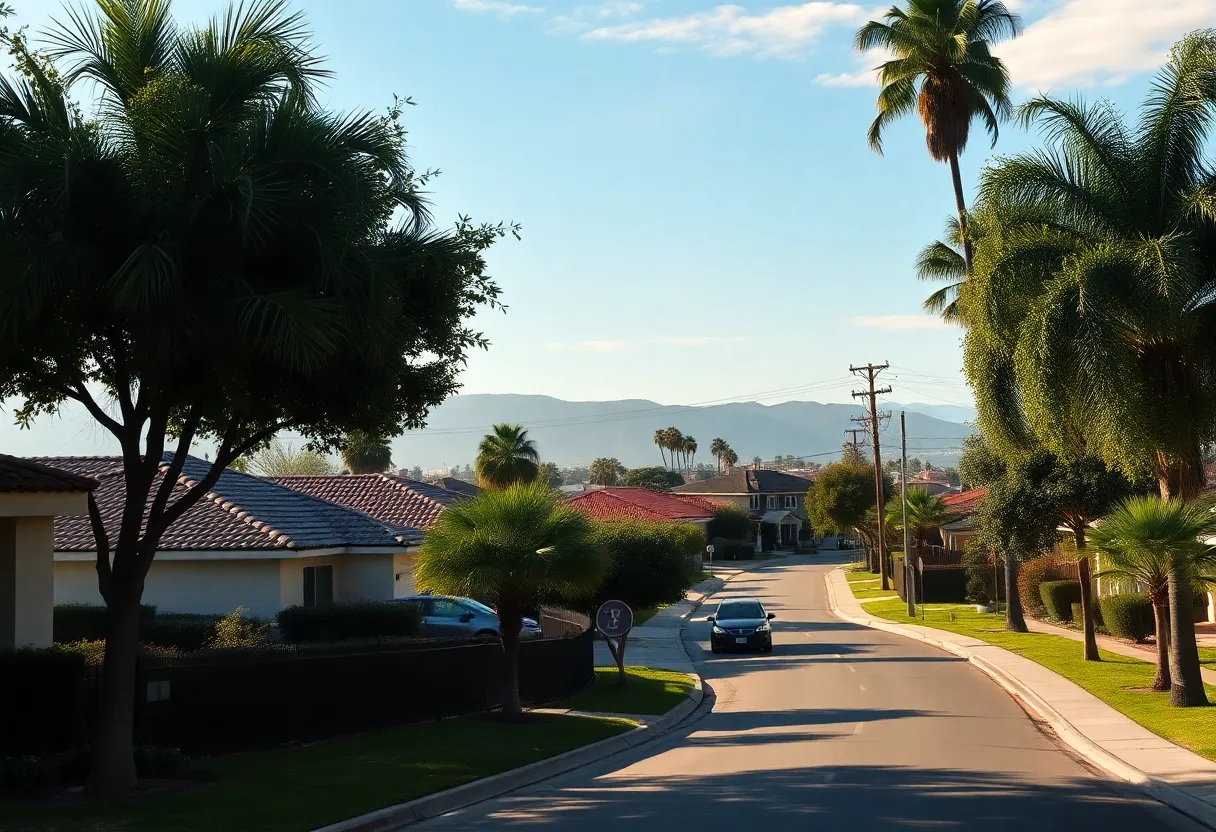News Summary
California’s tourism industry faces challenges, including a significant decline in international visitors, particularly from Canada. Hospitality workers are advocating for a $30 per hour minimum wage in preparation for the 2028 Summer Olympics as living costs rise amidst economic uncertainties. Critics warn that the increase could lead to job losses and financial strain on the sector. The Los Angeles City Council has voted to gradually raise wages, affecting over 23,000 workers. Economic studies suggest potential job creation and increased economic activity, highlighting the need for balance in the ongoing debate.
California is facing a significant downturn in its tourism industry, particularly regarding international visitors, with a marked drop in arrivals from Canada. In light of these challenges, hospitality workers are advocating for a minimum wage increase to $30 an hour, particularly in anticipation of the 2028 Summer Olympics. This proposal comes as workers express concerns over their ability to meet living costs in a high-expense environment, further complicated by economic uncertainties.
Maria Vasquez, an airport janitor earning $19 per hour, emphasized the struggles associated with her current wages. She faces mounting expenses, including student loan payments, and has resorted to living with family members to manage costs. The unpredictable nature of her work schedule has compounded her financial burdens, prompting calls for increased pay within the industry.
Opponents of the proposed wage increase argue that it may exacerbate fiscal challenges within the tourism sector, particularly as the city of Los Angeles anticipates a budget shortfall of $1 billion. Critics, including certain tourism businesses, worry that elevating labor costs could lead to significant job losses and hinder economic recovery efforts. A report by the American Hotel & Lodging Association cautioned that the proposed wage hikes might result in as many as 15,000 job losses and the potential closure of small hotels.
The tourism sector in California is essential for economic stability, supporting over 500,000 jobs and generating an estimated $290 million in city tax revenue projected for 2024. However, the industry is currently facing headwinds, including a noted 15% decline in Canadian tourism as of March due to factors such as high airfare and general economic uncertainty. In an effort to revitalize visitor interest, California Governor Gavin Newsom has initiated a promotional campaign targeting Canadian tourists, acknowledging their importance to the state’s tourism economy.
Amid these challenges, the minimum wage proposal is set for discussion by the Economic Development Committee on May 6. This follows the recent passage of the Fast Food Accountability and Standards Recovery (FAST) Act, which raised wages to $20 per hour for fast-food workers. The implementation of this act has yielded mixed results, with reports of reduced work hours for some, leading to a 3.1% decline in employment in California’s fast-food sector, totaling over 22,600 job losses.
Debate continues among economists regarding the causality of job losses related to the FAST Act. Some assert that broader economic conditions may be at play rather than the wage increase itself. Meanwhile, some fast food employees have reported positive impacts from their wage increases, despite facing reduced hours and rising prices of menu items by 1.9% since the FAST Act’s rollout.
The Los Angeles City Council recently voted to gradually increase wages for tourism workers to $30 an hour by the year 2028, also aiming to enhance healthcare benefits. This decision underscores the growing urgency to address wage inadequacies faced by essential workers in the tourism sector, where a substantial proportion of employees earn below sustainable living wages.
Should the proposal be approved, it would affect approximately 23,000 workers, which includes around 40% of airport employees and 60% of hotel staff. An economic study commissioned by the City Council suggests that the wage increase could create an estimated 6,300 jobs and generate $1.2 billion in economic activity, presenting a compelling argument for balancing wage increases against their potential positive economic outcomes.
As discussions on this critical issue continue, the complexity of aligning worker needs with business viability and broader economic realities remains at the forefront of the debate in California’s tourism landscape.
Deeper Dive: News & Info About This Topic
- CNN: California Fast Food Wage Hike
- Wikipedia: Minimum Wage in the United States
- NBC Los Angeles: California Minimum Wage 2025
- Google Search: California Minimum Wage 2025
- KTLA: Impact of Minimum Wage Increase
- Google Scholar: California Tourism Industry
- ABC7: LA City Council Approves Wage Hike
- Encyclopedia Britannica: California Economy
- Daily News: LA Hoteliers Urge Rejection of Labor Ordinance
- Google News: California Minimum Wage

Author: STAFF HERE CORONADO
The Coronado Staff Writer represents the experienced team at HERECoronado.com, your go-to source for actionable local news and information in Coronado, San Diego County, and beyond. Specializing in "news you can use," we cover essential topics like product reviews for personal and business needs, local business directories, politics, real estate trends, neighborhood insights, and state news affecting the area—with deep expertise drawn from years of dedicated reporting and strong community input, including local press releases and business updates. We deliver top reporting on high-value events such as the Coronado Island Film Festival, productions at Lamb’s Players Theatre, community workshops at John D. Spreckels Center, and iconic celebrations at Hotel del Coronado. Our coverage extends to key organizations like the Coronado Chamber of Commerce and Visit Coronado, plus leading businesses in hospitality, dining, and tourism that drive the local economy. As part of the broader HERE network, including HERESanDiego.com, HEREHuntingtonBeach.com, HERELongBeach.com, and HERELosAngeles.com, we provide comprehensive, credible insights into Southern California's dynamic landscape.





